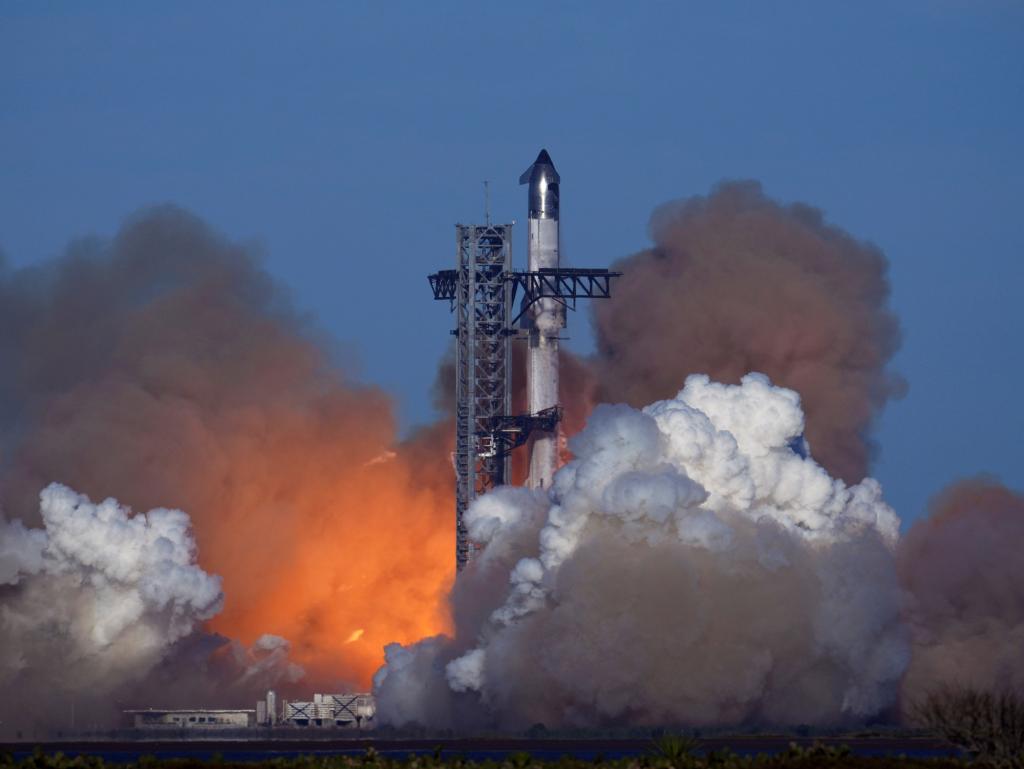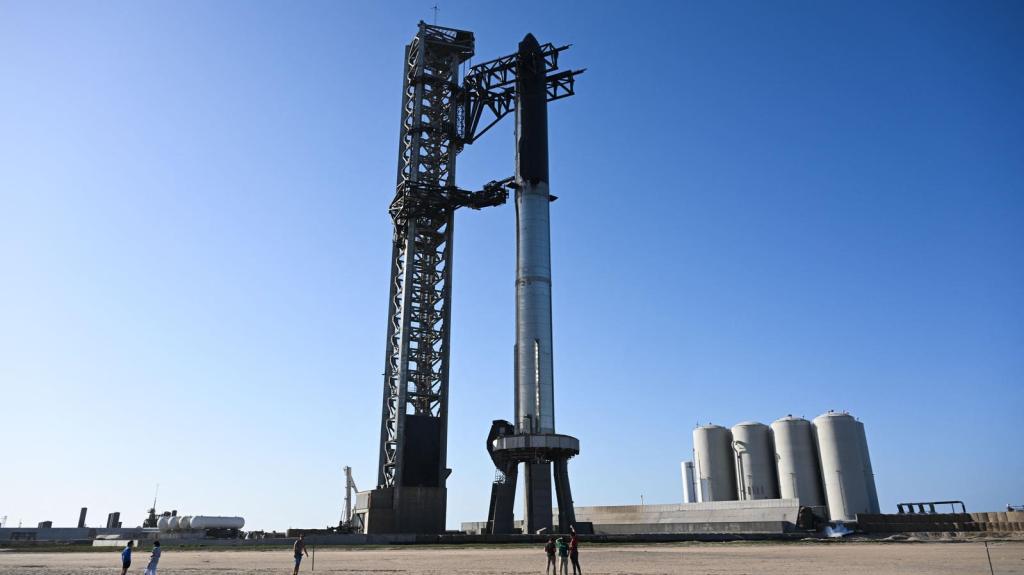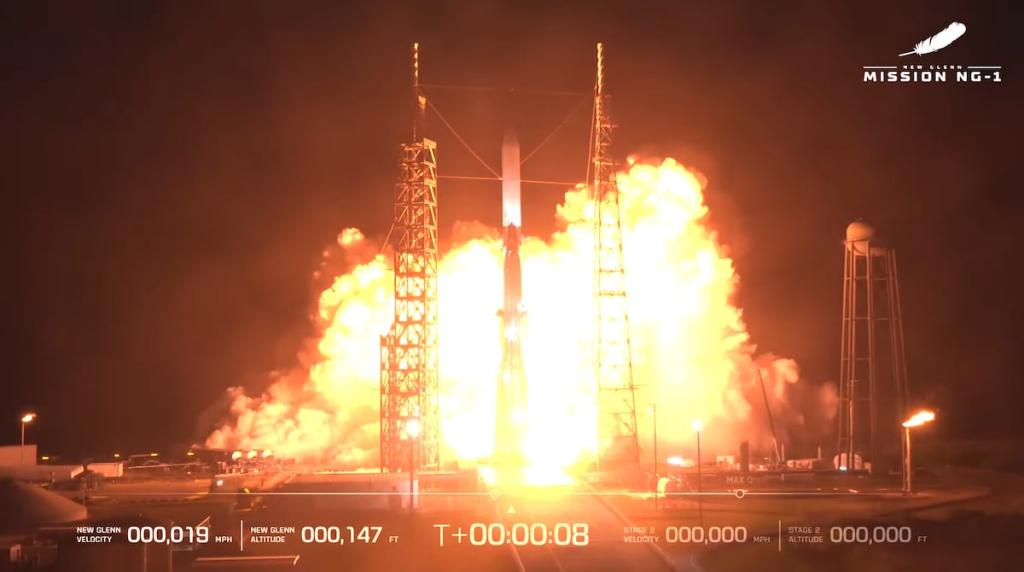Revolutionary X-Ray Technology for Asteroid Deflection Strategies
Explore how innovative X-ray technology could transform asteroid deflection strategies, protecting Earth from potential cosmic threats.
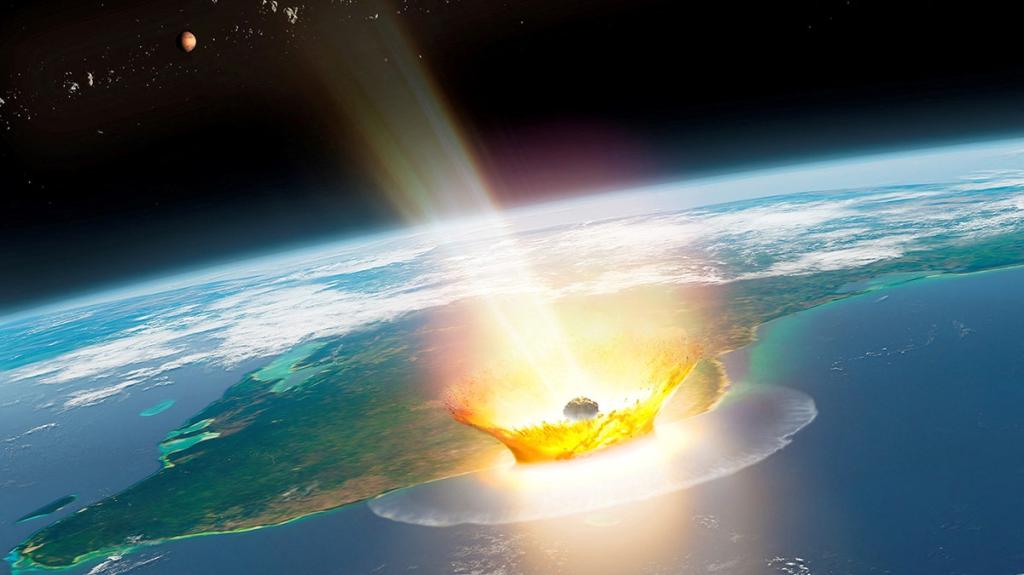
Key Points
- Researchers at Sandia National Laboratories
are pioneering the use of X-ray technology to deflect asteroids and protect Earth from potential collisions.
- This innovative approach involves vaporizing an asteroid's surface with concentrated X-ray pulses, generating thrust to alter its trajectory.
- The method offers a precise alternative to traditional destructive strategies, emphasizing the importance of advanced technology in planetary defense.
As the universe expands and our understanding of space grows, humanity is faced with pressing challenges, one of which is the potential threat of asteroids colliding with Earth. The impact from such celestial bodies, particularly those large enough to cause significant destruction, has long been a topic of concern among scientists and space agencies. In an exciting development, researchers at Sandia National Laboratories in New Mexico have proposed a promising new method utilizing X-ray technology to deflect these menacing rocks, potentially safeguarding our planet from catastrophic events.
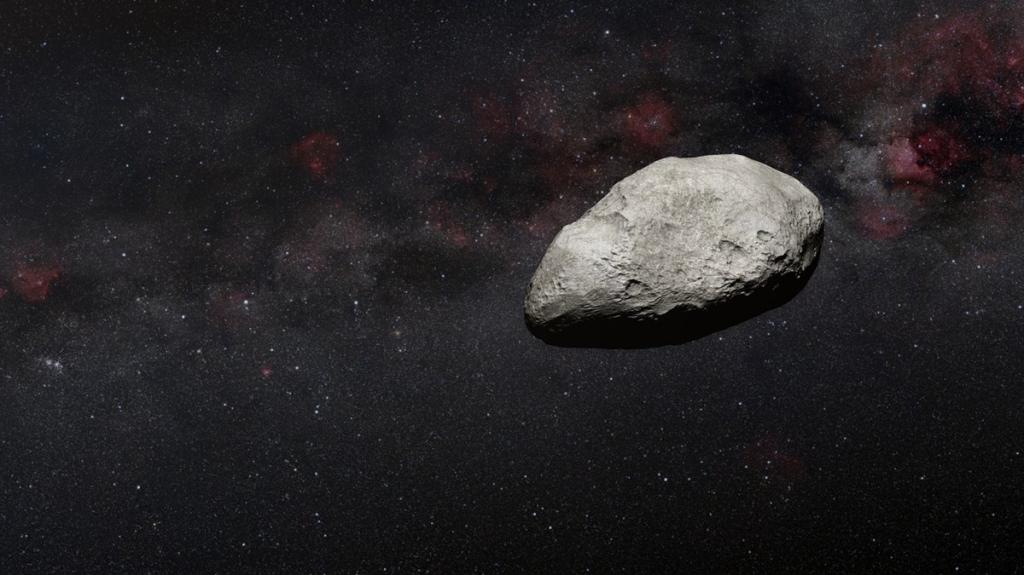
The notion of utilizing nuclear technology for asteroid deflection is not entirely new, drawing parallels from Hollywood's blockbuster films like "Armageddon". However, as scientists in
recently demonstrated, the approach now revolves around the potential of X-ray pulses emitted by a nuclear explosion to vaporize an asteroid's surface, thereby altering its trajectory without the chaos of an explosion shattering it into dangerous fragments. This innovative idea presents a fascinating and viable solution for planetary defense.
According to Nathan Moore, a physicist leading the research, the team successfully discovered that when an X-ray pulse strikes an asteroid, it generates a gas plume as it vaporizes the surface. This plume creates a thrust powerful enough to redirect the asteroid, giving scientists hope that they could effectively manage threats posed by asteroids as large as four kilometers in diameter. This method stands out as it promises precision by gently nudging potentially hazardous space rocks off course, rather than splitting them into dangerous shards.
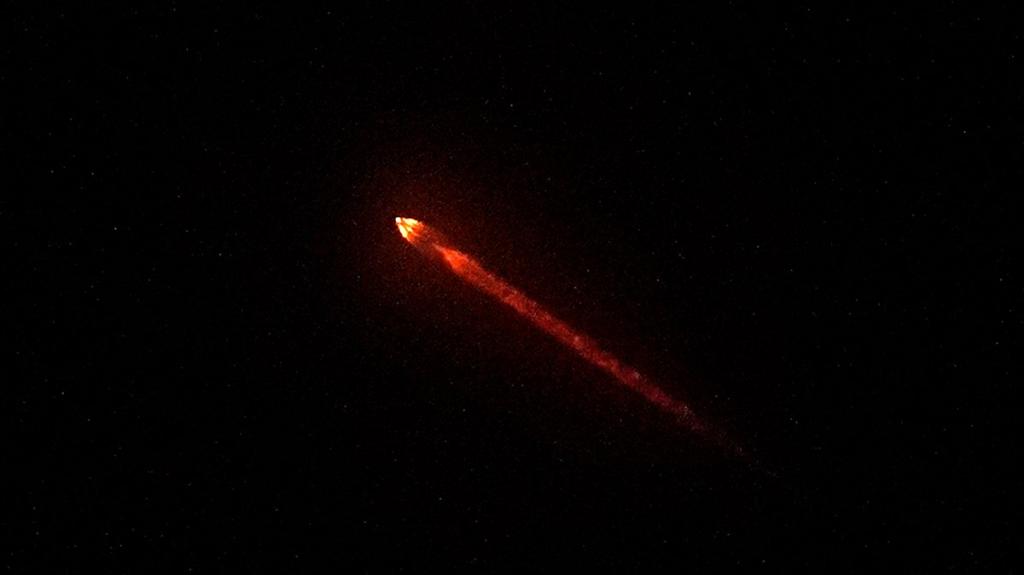
The experiments conducted at Sandia National Laboratories involved using the Z machine, the world's most powerful radiation source. Researchers created mock asteroids and placed them in a vacuum environment to simulate space conditions. They then bombarded these miniature asteroids with X-ray pulses, observing the momentous effect that vaporization had on their trajectory. This new methodology could significantly enhance our capability to prepare for future planetary defense missions.
To put the significance of this research into perspective, consider that there are approximately 25,000 known objects that could potentially threaten Earth, yet less than half have been adequately tracked. The risks are real, as seen in historical events; for instance, the asteroid thought to have caused the extinction of the dinosaurs measured about 10 kilometers wide. With the continued advancement of scientific research, we move closer to the possibility of defending our planet without entirely relying on traditional destructive methods.

The implications of this research extend beyond mere asteroid deflection. The focus on alternative methods involving less brute force allows for more thoughtful preparations and responses to varying threats posed by celestial bodies. The use of X-rays as a means of altering asteroid trajectories is an encouraging prospect that highlights the creative thinking of modern scientists who seek to collaborate across disciplines.
While this innovative method may take time to develop fully and test in realistic scenarios, it illuminates a pathway toward ensuring the safety of our planet. This journey towards a more resilient Earth against cosmic threats encourages us to imagine a future where we harness advanced technologies intelligently.
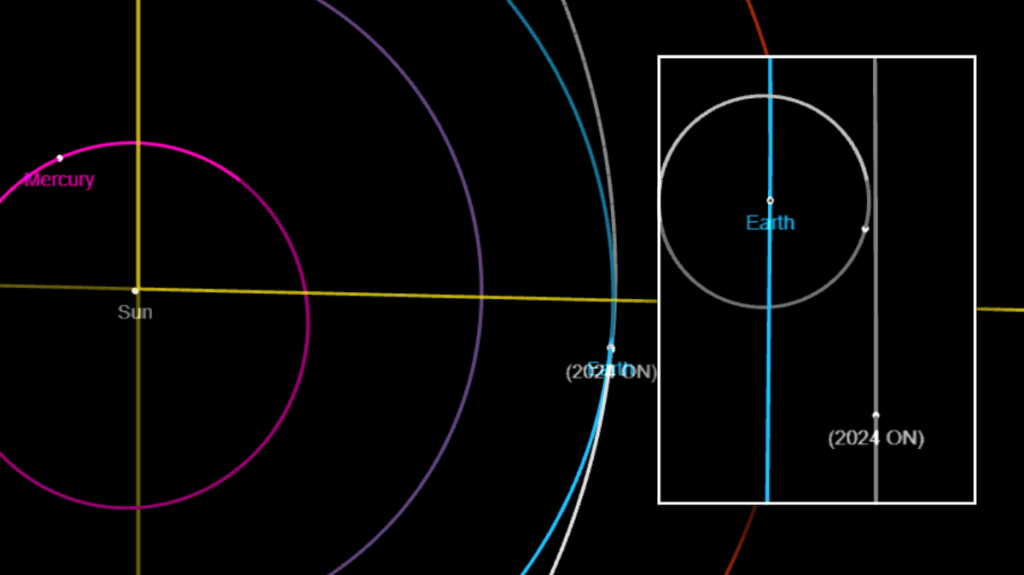
In a world where we frequently hear of space expeditions and advancements in astrophysical research, the strides made in asteroid deflection techniques instill hope and foster a proactive mentality towards planetary defense. Scientists remind us that while the dangers from asteroids may seem distant, ongoing vigilance and innovative strategies are essential to ensure our safety. This research not only emphasizes the importance of preparedness but also highlights the potential for advanced scientific methods to forge a path toward enhanced planetary security.
